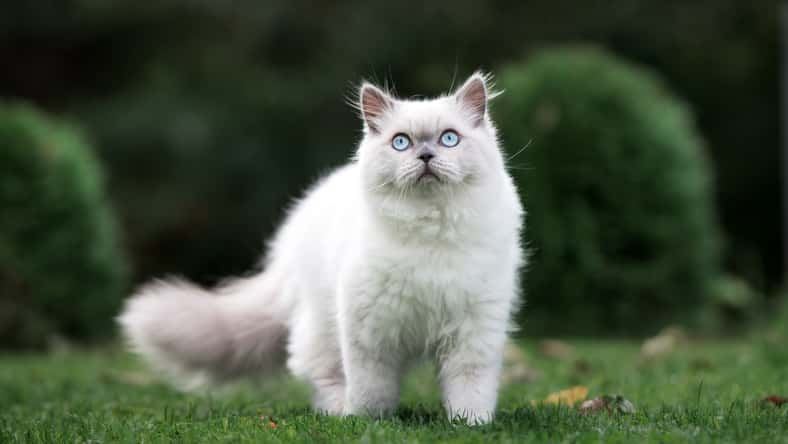Bird Flu Is Deadly To Cats, And Scientists Say We’re Not Taking The Human Risk Seriously Enough

When it comes to tracking and managing bird flu, cats infected with the virus are falling under the radar. Scientists are warning that immediate change needs to happen because cats could spread the virus to humans.
The avian influenza virus (H5N1) has made poultry and dairy farms in the United States wary about possible transmissions between large groups of animals.
They have needed to cull infected animals to prevent further spread, which has negatively affected the industries. There are also fears that bird flu could turn into a human pandemic.
New research from the University of Maryland has suggested that feline cases and the risk of transmission from cats to humans are not being considered with enough seriousness and haste.
“Bird flu is very deadly to cats, and we urgently need to figure out how widespread the virus is in cat populations to better assess spillover risk to humans,” said Kristen Coleman, an airborne infectious disease researcher at the University of Maryland.
The matter is of particular importance now that birds in the United States are migrating back for spring, potentially causing the virus to spread even further. Cases of bird flu in the wild and on farms are projected to rise as summer approaches.
The researchers analyzed scientific studies published between 2004 and 2024 to get a sense of how cats are impacted by bird flu.
They found 607 reported cases of bird flu infection in cats from all over the world. A total of 302 deaths across 18 countries and 12 species were associated with the virus.
These numbers may be an extreme underestimation due to a lack of thorough tracking. In 2023, reports of pet cat infections rose dramatically. There was an increase in the number of pet cats infected with and killed by bird flu in 2023 and 2024.

Sign up for Chip Chick’s newsletter and get stories like this delivered to your inbox.
The majority of cases can be linked to H5N1 clade 2.3.4.4b, the deadliest strain of bird flu. It had a 90 percent fatality rate, according to the data. But the fatality rate may not reflect the actual risk of death for infected cats.
Officials, veterinarians, and pet owners are being urged to monitor cats more closely. For this strain of bird flu, there have been no confirmed cases of cat-to-human transmission so far. But in 2016, an outbreak of a different strain among cats in animal shelters in New York City did lead to cat-to-human transmission.
No cases of human-to-human transmission have ever been recorded, but scientists are afraid that we may only be a few mutations away from this happening.
Free-range cats can kill about 186 animals each year, so they can easily become infected. So, it’s a good idea to keep your kitties indoors for the time being.
The findings were published in Open Forum Infectious Diseases.
More About:Animals